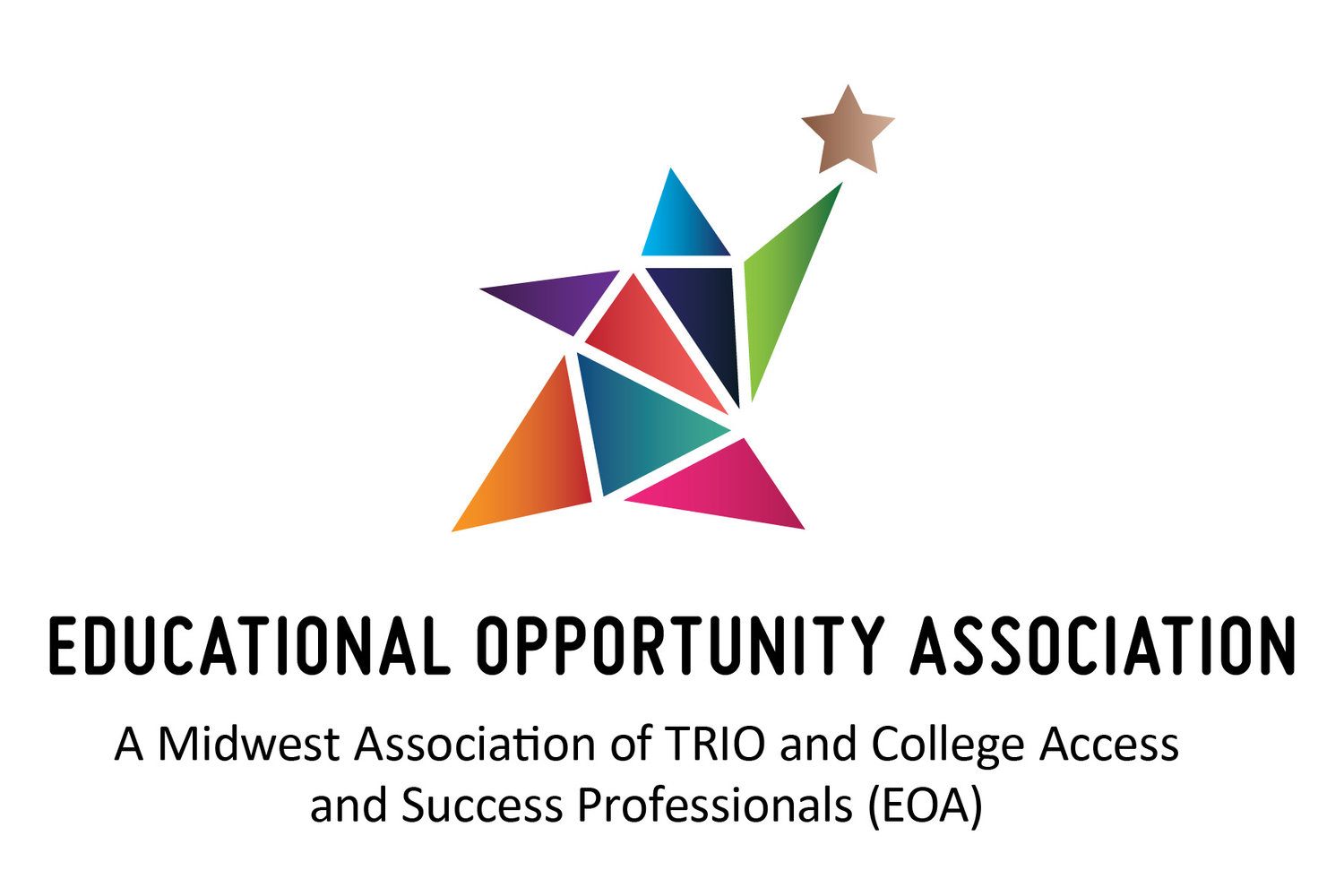Antiracism and Racism Resources
These resources relate to antiracism and racism. These issues are relevant for all of education and with GEAR UP and TRIO programs that serve a racially and ethnically diverse group of students. You are welcome to recommend other resources to add to this web page. Please send them to edpractices@eoa.org
Pokhrel, R., Muhammad, M., Jimenez, J., Green, C., Felber, S., Claybourne, C., Atkins, W., & Arendale, D. R. (2021). Antiracism glossary for education and life. Journal of College Academic Support Programs. 4(1), 75-92. ERIC database (EJ1349625). doi: doi.org/10.36896/4.1sc1 University of Minnesota Digital Conservancy hdl.handle.net/11299/223306
To create an antiracism glossary, a team of scholars from Colleagues of Color for Social Justice (CCSJ) identified and defined 48 terms relating to racism and antiracism based on a careful review of existing race-related glossaries, scholarly articles, and widely-read books on the topic. This glossary of terms illustrates the daily and pervasive nature of racism that people of color experience and fills a demonstrable gap in resources of this type for college learning assistance centers and programs. The purpose is to recognize and explain terms related to attitudes, behaviors, and policies that impact people’s lives, particularly within academia. The glossary lists the terms in alphabetical order with multiple definitions from various resources and easy-to-understand examples drawn from personal lives, communities, and professional experiences in educational settings.
——————————
Arendale, D. R., Abraham, N., Barber, D., Bekis, B., Claybourne, C., Edenfeld, K., Epps, K., Hutchinson, K, Jimenez, J., Killingbeck, K, Pokhrel, R., Schmauch, N., & Woodruff, R. (2022). Antiracist activities and policies for student-led study groups. Journal of College Academic Support Programs, 5(1), 12-29. <https://doi.org/10.36896/5.1sc1>
Issues of race and marginalization do not often intersect with publications related to developmental education and learning assistance. They have been spaces that ignored them these issues. This guide to antiracism policies and practices for student-led study groups is based on a careful review of scholarly articles, books, and existing guides. While much has been written about culturally-sensitive pedagogies for K-16 classroom instruction, little has emerged for guiding peer study groups regarding antiracism practices. This guide helps address this gap in the literature. In addition to its use for academic study groups, this guide is useful for faculty members to incorporate antiracism learning activities and pedagogies into their courses. This guide identifies effective learning practices that can be adapted and adopted for use in supporting higher student achievement, closing the achievement gap, increasing persistence to graduation, and meeting the needs of culturally diverse and historically-underrepresented students.
——————————
Colvin, D. Q., McCloud, R., Phan, A., Remigio, J., Wright, R., & Arendale, D. R. (2023). Antiracist spaces for students to grow in classrooms and student services. Forum for International Research on Students and Teaching, 14(1), 5-21.
Antiracist spaces for students to grow in classrooms and student services. Forum for International Research on Students and Teaching. Antiracist spaces for students to grow in classrooms and student services. Forum for International Research on Students and Teaching. While the national conversation about antiracism and racism has introduced a new vocabulary to many Americans, far fewer deeply understand their meanings and applications to everyday life. This article selected seven vocabulary terms and applied them to the classroom and student services for secondary and postsecondary students. These terms include ally, imposter syndrome, intersectionality, racial humility, privilege and check your privilege, and social justice. The coauthors of this article often wrote in a first-person style as they shared real-life examples and the solutions they chose to combat a toxic learning environment. Each coauthor is a member of Colleagues of Color for Social Justice. This article extends the national dialogue on the pervasive presence of racism through real-life examples in educational settings.
